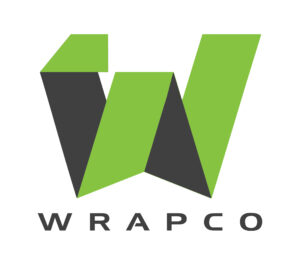Professional Paint Protection Film (PPF) Service in Portland, OR
Paint Protection Film is a thermoplastic urethane film that is applied to the painted surfaces of a new or used car to protect the paint from stone chips, bug splatters, and minor abrasions. It’s virtually invisible and serves as a robust shield that shields your car’s paintwork from daily wear and tear. If you want to know where to get PPF Portland installation, WrapCo has you covered!
At WrapCo, we are experts in applying Paint Protection Film in Portland, OR with precision and care. Our professionally trained team uses state-of-the-art technology to ensure a seamless fit that maintains the aesthetic appeal of your vehicle while offering superior paint protection. Our attention to detail, use of high-quality materials, and commitment to customer satisfaction have helped us become a trusted name in Paint Protection Film in Portland, OR.
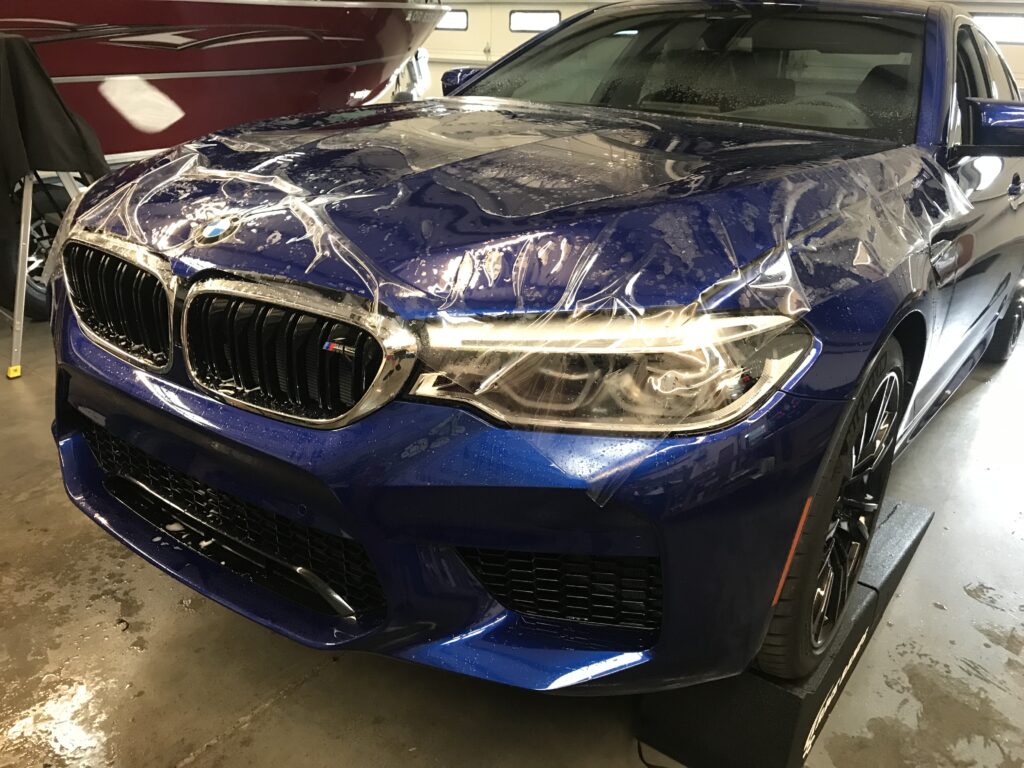
Does your car need PPF?
Paint Protection Film in Portland, OR is an excellent investment for all types of vehicles, but it’s particularly beneficial for high-end luxury cars and sports cars that are more prone to damage due to their low ground clearance and speed. It’s also a popular choice for leased vehicles as it can protect the original paint and prevent additional charges or penalties when returning the car.
Car owners are now opting for full-body Paint Protection Film, given its long-term benefits and cost-effectiveness. Our team at WrapCo can discuss your specific needs and guide you in selecting the right type of film for your vehicle.
At WrapCo, we offer a wide range of Paint Protection Film options to cater to different budgets and preferences. Our team can guide you in selecting the right type and coverage for your car, depending on your needs and lifestyle.
How we maintain our excellent paint protection film (PPF) installation service at WrapCo
At WrapCo, we take pride in our work and strive to deliver the highest quality PPF installations for our customers. Here are some of the things that set us apart:
Experienced team
Our team has years of experience in applying Paint Protection Film on different types of vehicles, which ensures a flawless and long-lasting finish.
Top-notch materials
We use premium quality PPF films from reputable brands like 3M and XPEL to ensure durability, clarity, and protection.
Precise application
We use advanced techniques and equipment to cut the Paint Protection film with precision and apply it seamlessly to every curve, contour, and edge of your vehicle's surface.
Customer satisfaction
Our top priority is customer satisfaction, and we go the extra mile to address any concerns or issues that our customers may have.
Maintenance and warranty
We provide maintenance packages to prolong the life of your Paint Protection Film and offer warranties for our installations to give you peace of mind.


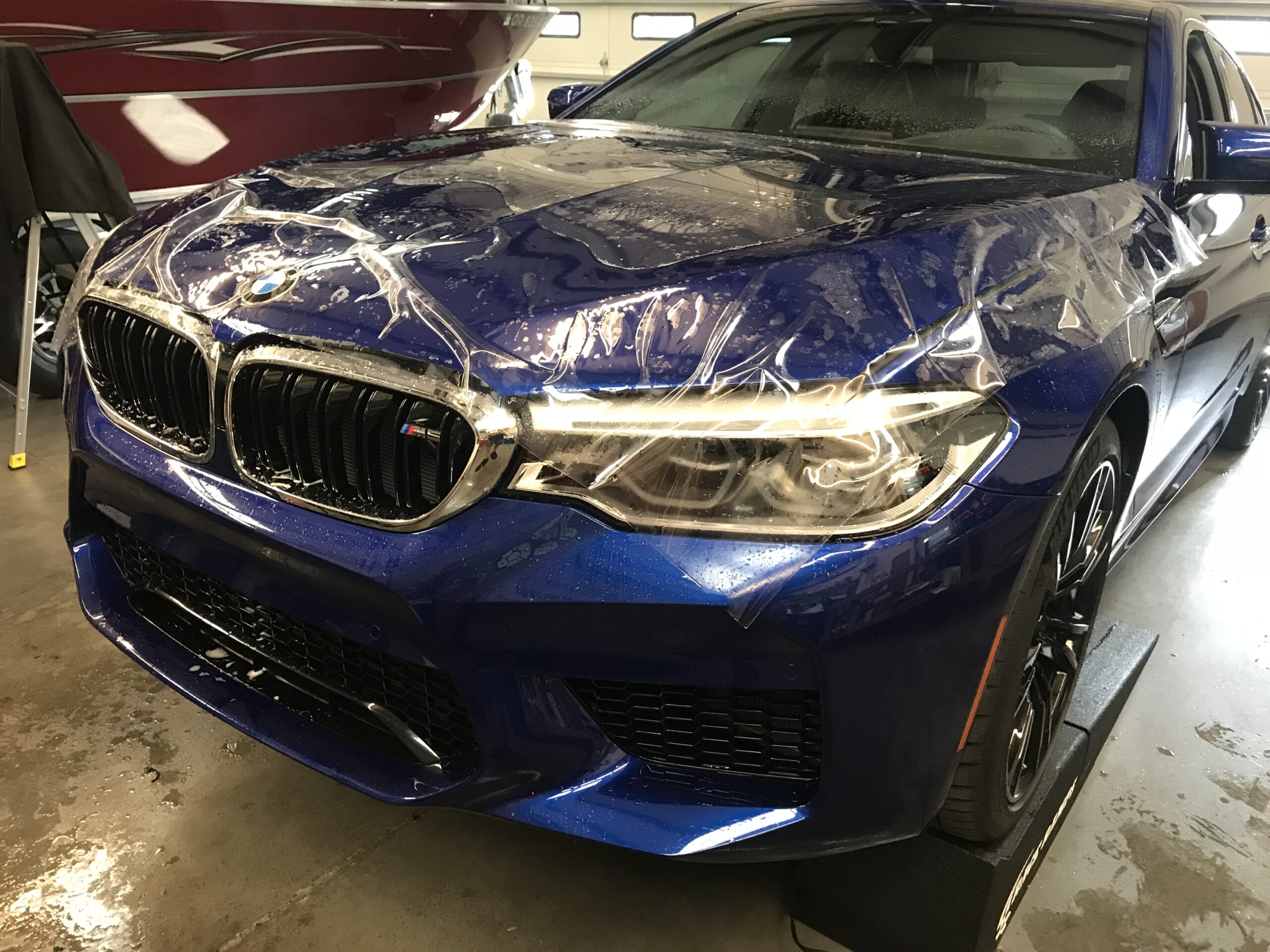
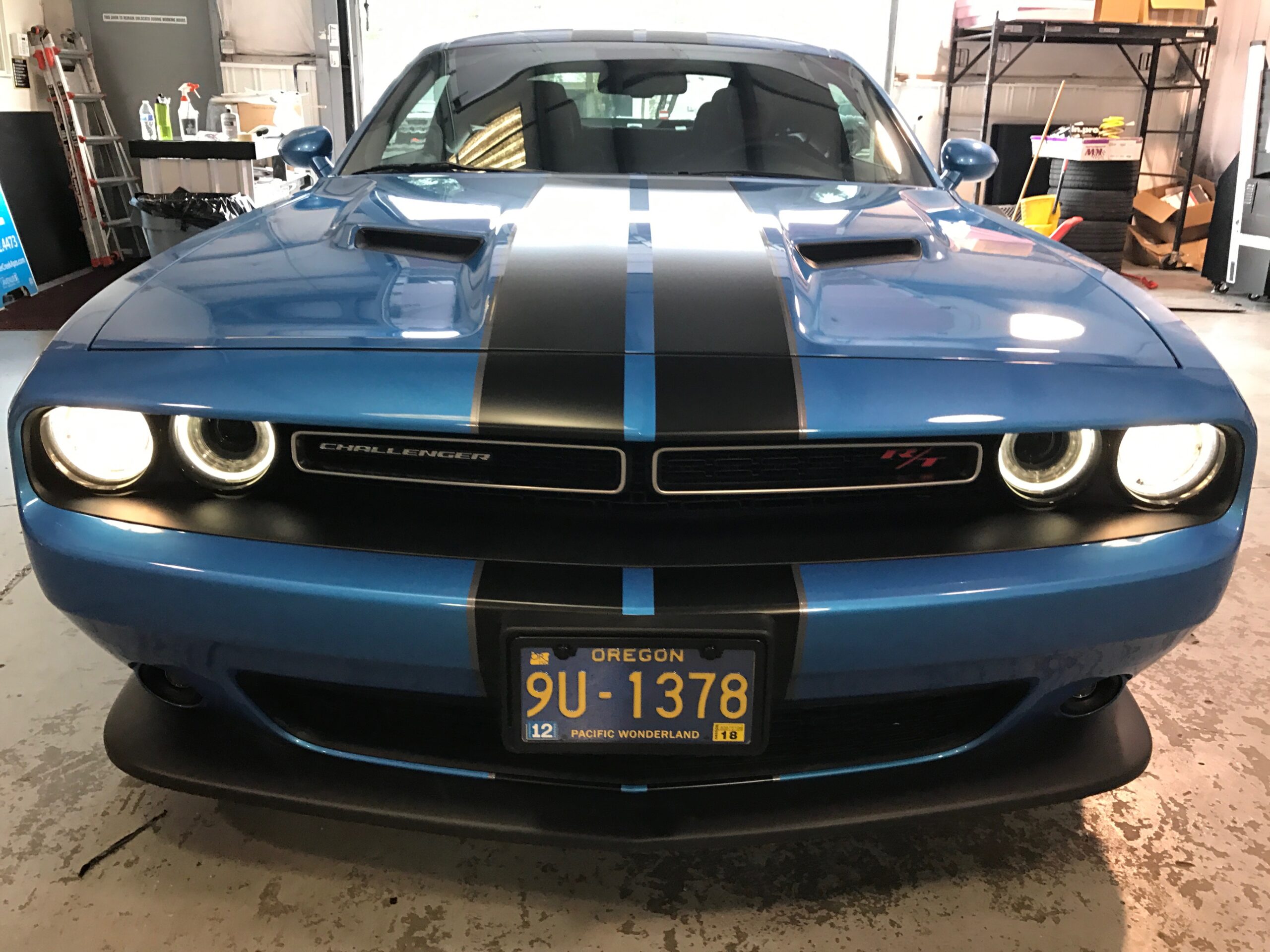
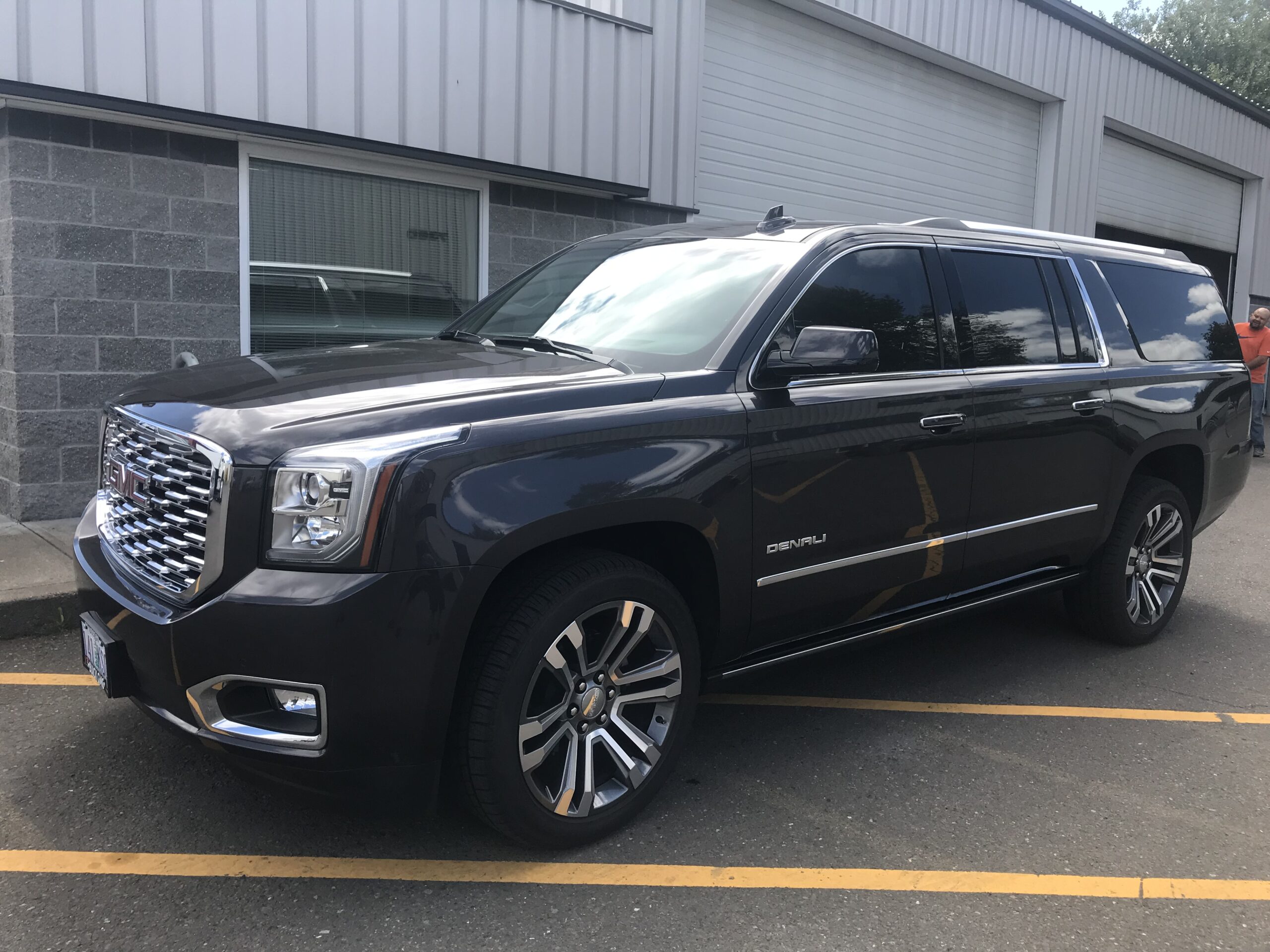
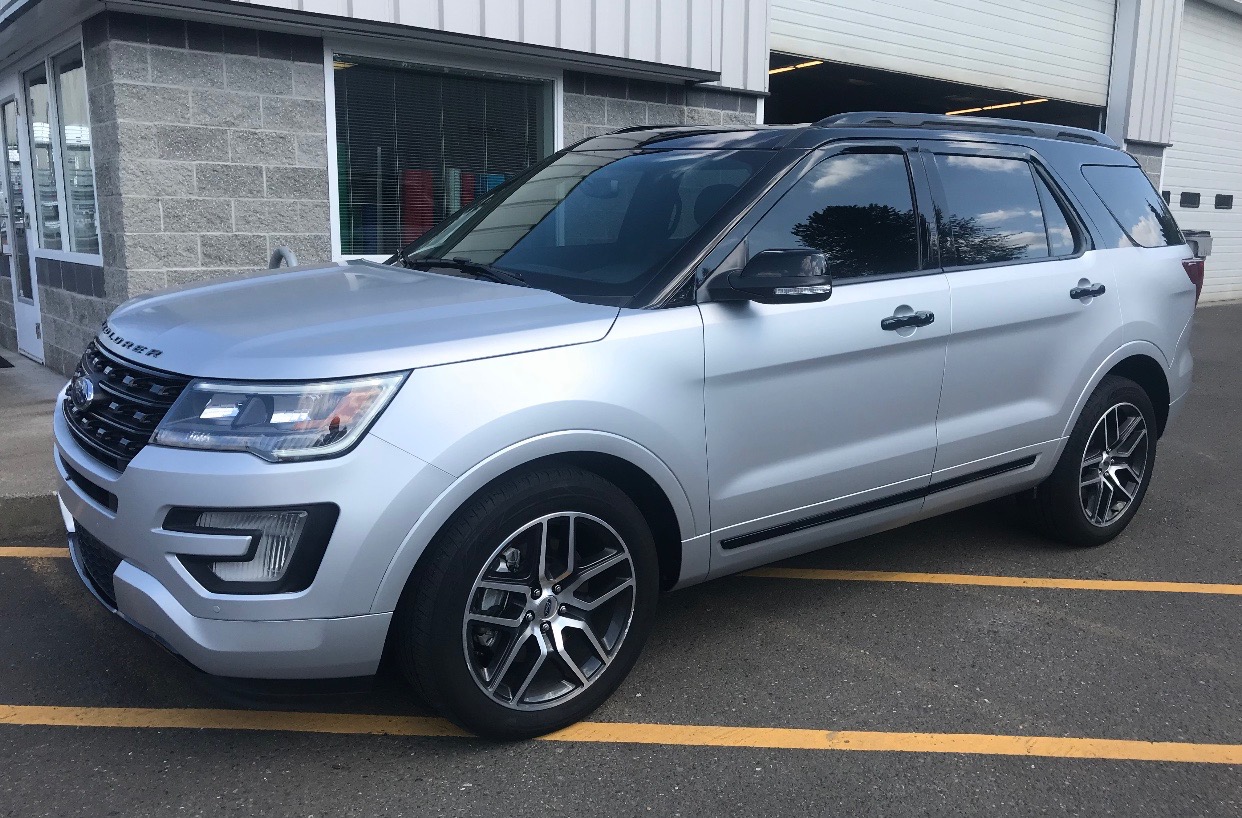

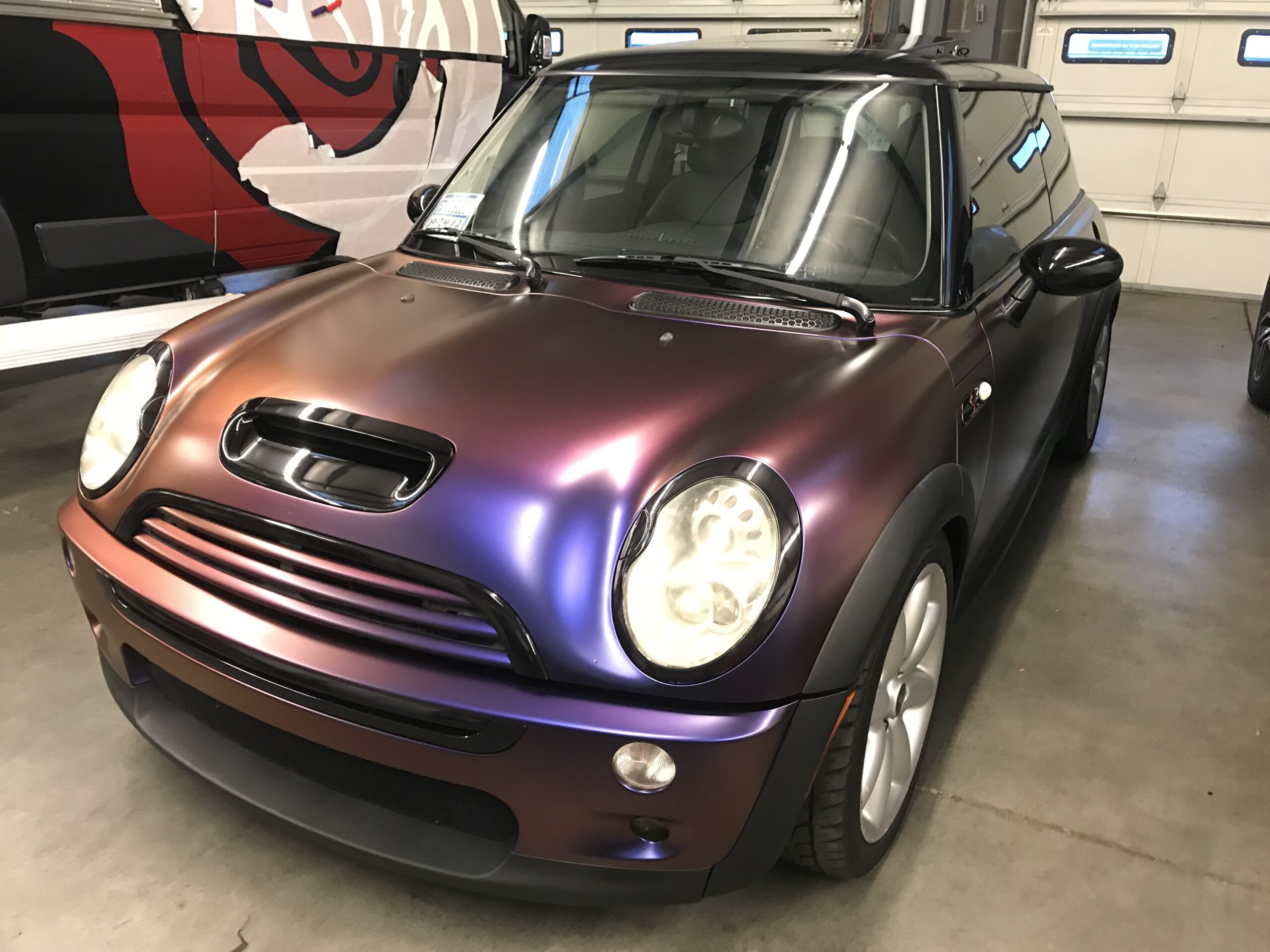
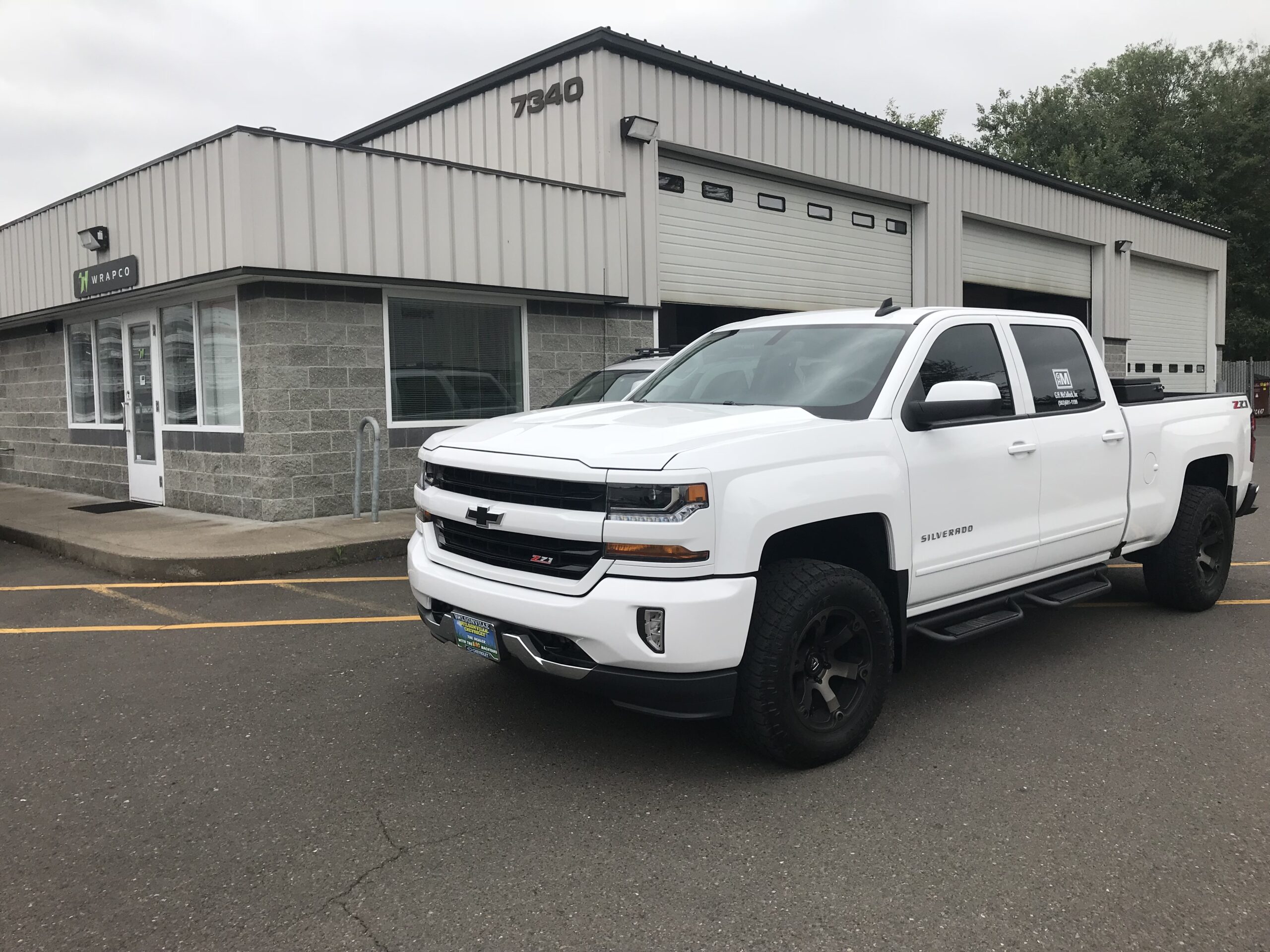
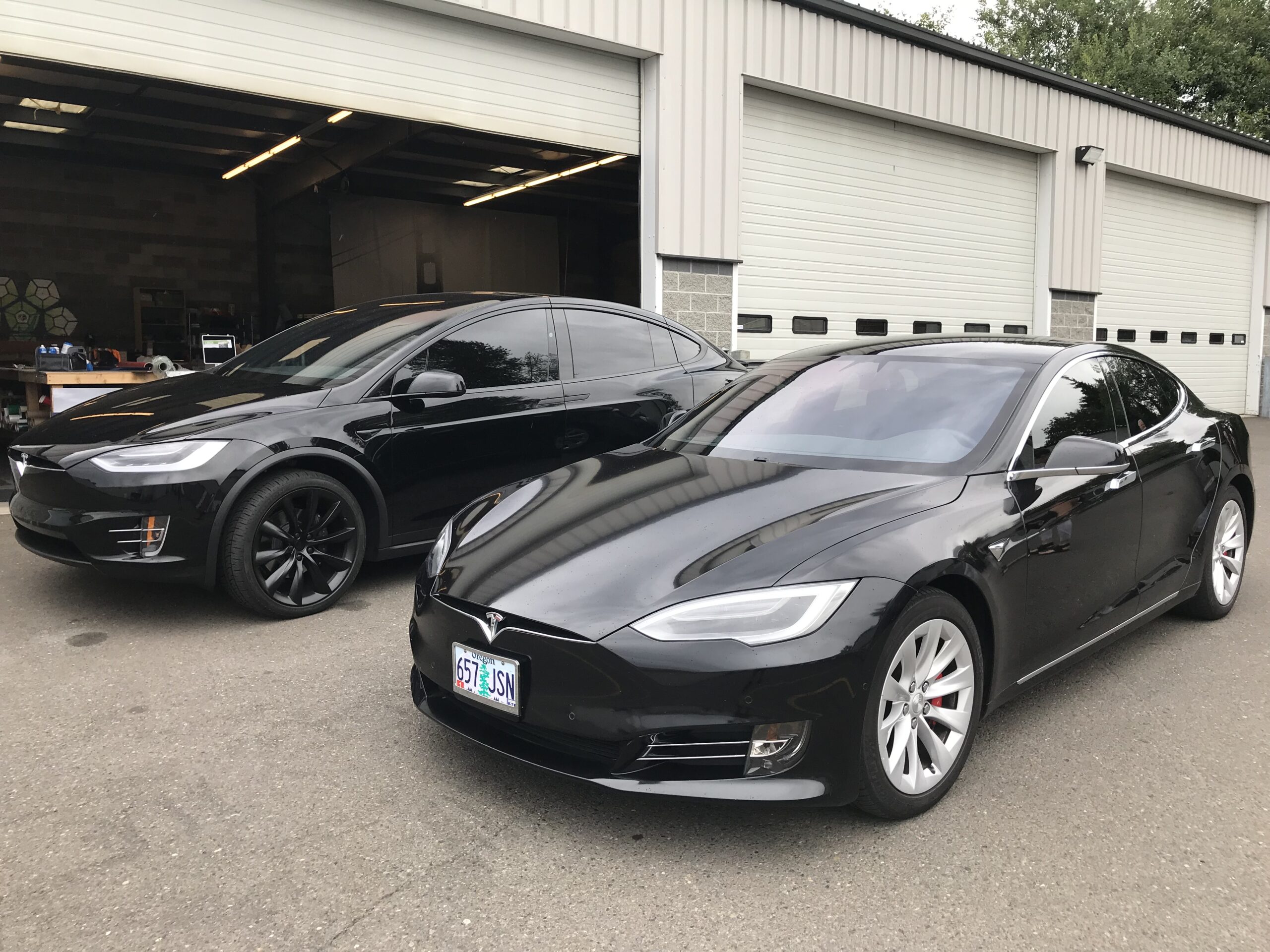
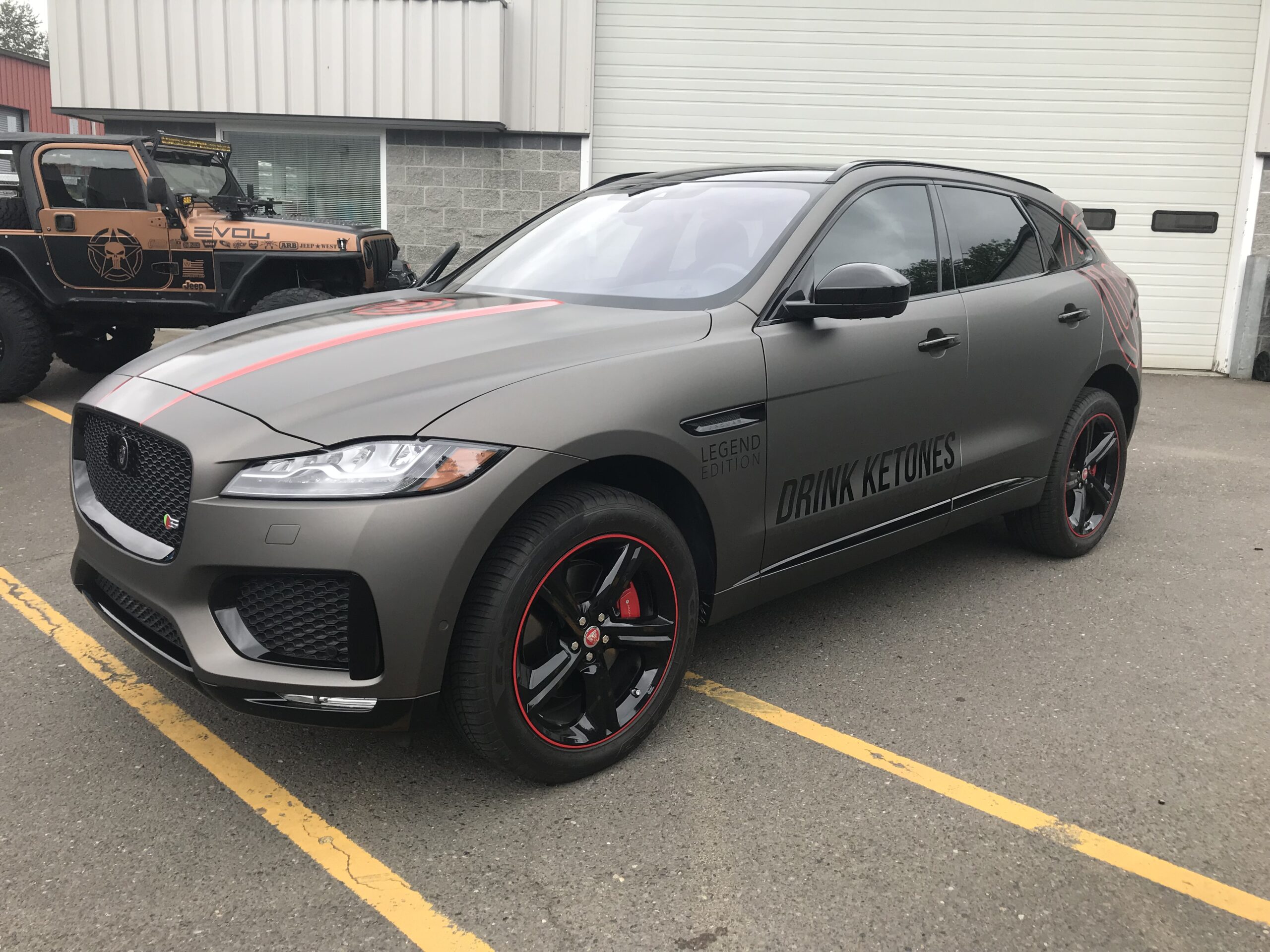

Wrapco's Paint Protection Film (PPF)
PPF is an excellent investment that can protect your car’s paint and maintain its appearance for years to come. At WrapCo, you can trust us to provide the best Paint Protection Film in Portland installation service with exceptional results. Whether it’s for a brand new car or a used vehicle that needs some love, we’ve got you covered! So why wait? Visit us today and give your car the ultimate protection it deserves. Invest now and drive with peace of mind. Car wrapping services are also available in our shop. We also provide services such as commercial vehicle wrap and graphics installation. Learn more about us today and schedule an appointment!
WrapCo 7340 sw Bonita Rd Tigard, OR 97224
(503) 624-1192
What are the benefits of using Paint Protection Film?
The primary benefits include protection from scratches and chips, maintaining the vehicle’s appearance, ease of maintenance, and potentially increasing the resale value of the vehicle by preserving its condition.
Can Paint Protection Film be removed, and will it damage the paint?
Yes, PPF can be safely removed by a professional without damaging the paint. It’s designed to be removable, leaving the original paint intact.
Is Paint Protection Film noticeable after application?
When professionally installed, high-quality PPF is nearly invisible. It is designed to be clear and maintain the appearance of the vehicle’s paint.
Can Paint Protection Film be applied to the entire vehicle?
Yes, PPF can be applied to the entire vehicle or specific areas prone to damage, such as the hood, front bumper, side mirrors, and door edges.
Can PPF be applied to any vehicle?
PPF can be applied to virtually any vehicle, including cars, trucks, motorcycles, and even boats. It is typically applied to areas most prone to damage, such as the front bumper, hood, and side mirrors.
